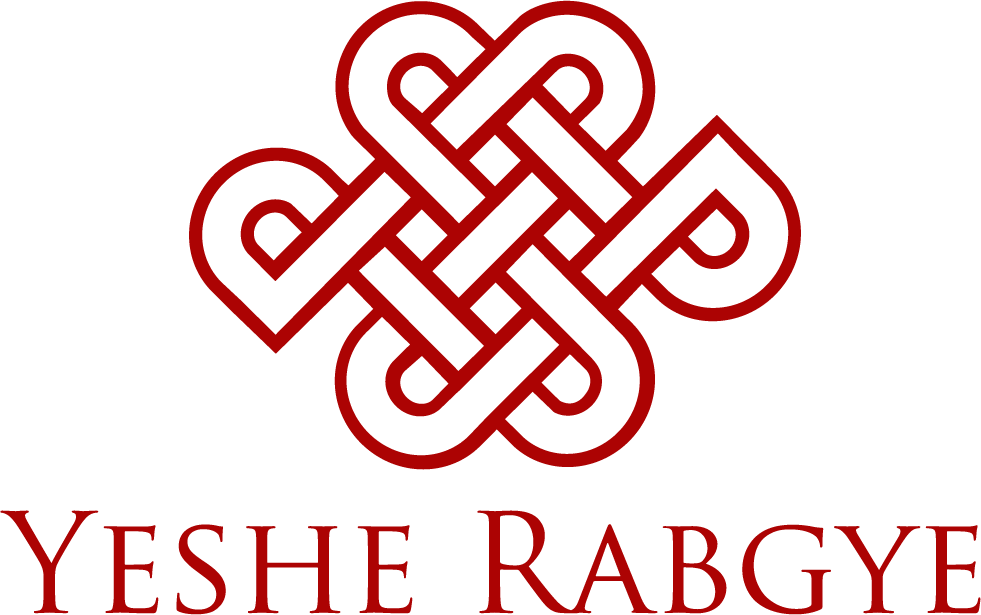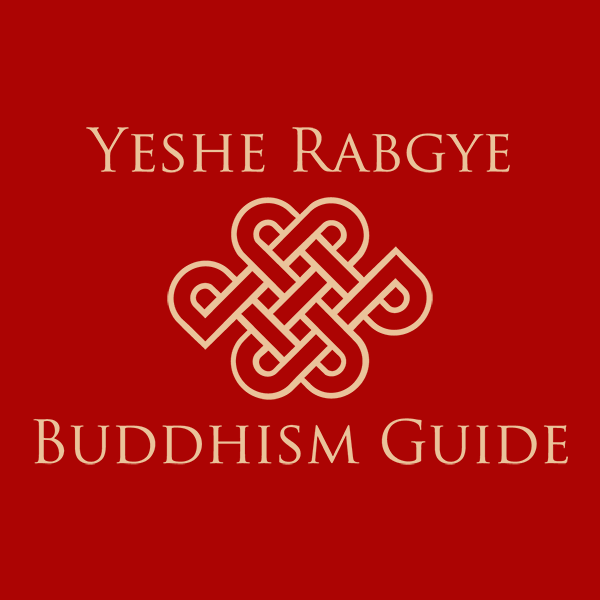The First Noble Truth – Buddha Dharma Series
Buddha‘s first teaching was on the four noble truths, and it still remains the very foundation on which Buddhism is built. It was these four realities that the Buddha came to understand during his meditation under the bodhi tree, and they provide a conceptual framework for all of Buddhist thought.
The first reality is ‘There is suffering.’ The word suffering here means a dissatisfaction, discontentment, an uneasy feeling running through our lives. This suffering can be divided into three parts, namely, the suffering of pain, the suffering of happiness and the all-pervasive suffering.
The suffering of pain is easy for us to understand, as it is our daily suffering. It is when we have a headache, cold, hangover and so on. This is physical suffering.
The second suffering is the suffering of happiness. Now this one is a bit harder for us to understand. When we are happy, we never think about suffering, but it is there just lurking around the corner. Let’s look at some examples:

You buy a new iPhone and you are so happy. You show it to your family and friends who are envious. You take this phone everywhere with you and use it every day to play games, surf the net, look at social media, watch films and so on. You could not be happier. Then one day you can’t find it. It has been stolen. Now that happiness you had has changed into sadness – this is the suffering of happiness.
Nothing in life is permanent and so will eventually change. It is this change that brings on the second type of suffering. It isn’t that phenomena have inherent suffering within them, it is because we get attached to things and when change arrives, we become sad, discontented and this is the suffering of happiness. So, I am not saying happiness is suffering. While happiness is here, we enjoy but once the happiness starts to wear off, we start to suffer.
The third suffering is the all-pervasive suffering. This type of suffering is within everything in our lives, but because it is suffering on a subtle level, we are prone to missing it. This type of suffering is a condition that exists because of how we perceive ourselves in relation to the world. So, you could say that our entire worldly experience is a definition of suffering that we cannot even see.
So how do we see ourselves and the world? Well, we see them as separate – I’m here and the world is outside of me. In other words, as subject and object. So, the way we look at things, subject and object, me and everything else, is in some way the cause of our suffering that will come to us in the future. It is like eating a wonderful meal but not knowing it has been poisoned. Whilst we are eating the food, we are happy, but later, once the poison starts to work, we suffer.
Another cause of this all-pervasive suffering is seeing ourselves as a solid, independent self and thinking that this self is how we experience the world. Buddha taught that this is not the case, and we are actually the coming together of five things, namely, the five aggregates.
The aggregates are form, feeling, conception, mental formation and consciousness.
Form, or matter, corresponds to physical factors and not only includes our own bodies, but also the material objects that surround us. It includes the five physical sense organs and their corresponding physical objects. The five physical sense organs are eye, ear, nose, tongue and body. Their corresponding objects are visible form, sound, smell, taste and touch.
Feeling is the second aggregate and it can be divided into three different types of experience, namely pleasant, unpleasant or neutral. One of these three are present in every moment-to-moment experience.
There are six kinds of experience, five physical and one mental. The experiences happen when your eye contacts with a visible form, your ear with sound, your nose with smell, your tongue with taste and your body with any other tangible object. These are the five physical experiences. The mental experience is when your mind is in contact with mental objects, such as ideas, hopes, wishes and thoughts.

Our feelings are extremely important as, in the end, they determine what we experience and how we respond. We all want good feelings and try to avoid bad feelings. However, because we cling desperately to happy times, we become sad and disillusioned when they end.
The third aggregate is conception, and this is where we attach a name to an experience. Here, we formulate a conception of an idea about the object we perceive. The purpose of this aggregate is to analyse and investigate. When we come into contact with an object, our conception aggregate categorises it by shape, colour, motion, location, sex and other such categories. These concepts can come from parents, school, society, friends and other social groups. Everything we have learnt or are learning form our concepts.
The fourth aggregate is mental formation. It is the impression created by previous actions. This aggregate starts in the mind and is then reflected in our body and speech. That means whatever action we do is part of this aggregate.
Maybe a better way to call this aggregate is mental formation and volition. Volition is the capability of conscious choice, decision and intention. So, the mental formation stems from our past, and volition, from the present moment. Both function together to determine our response to an object of experience. These responses have moral consequences in the sense of skilful, unskilful and neutral acts.
The final aggregate is consciousness, which is very powerful. From this stem the third and fourth aggregates. It is mere awareness of an object. When the eyes and a visible object come into contact, the eye consciousness will become associated with that object and visual consciousness will arise. It is the same with all the six consciousnesses.
It should be noted that consciousness is not personal experience, but merely awareness of an object. Personal experiences are produced through the functioning of the feeling, conception and the mental formation aggregates. These aggregates turn mere awareness into a personal experience.
Let’s put this all together. Your eyes see the form. Your consciousness becomes aware of it. Your conception identifies it. A pleasant, unpleasant or neutral feeling arises. Your mental formation makes you respond to it with a conditioned reaction, stemming from your past. So, for example, you are walking down the street and see a car you like driving by – this is the form aggregate. Your eyes become aware of it – this is the consciousness aggregate. You perceive it as a car – this is the conception aggregate. You feel happy, unhappy or neutral – this is the feeling aggregate. If you feel happy you may stop and stare, if you dislike it you may turn away and if you are neutral you just carry on your way without another thought – this is the mental formation aggregate.
Buddha called them the five clinging aggregates, and this is where the problem comes for us. We cling to these aggregates as though they are the self – a solid and permanent you. When these five aggregates come together, we experience the world, but when they disperse we stop experiencing the world. He also taught us that there is absolutely no experience other than these five aggregates. These aggregates are ever-changing and so there really isn’t anything solid for us to cling to. When we try to cling to them as a permanent self we suffer, and this is what Buddha was pointing out in the first noble truth.
The reason he taught the first noble truth was to help us understand that we have a problem. If we don’t know we have a problem we will not look for a solution. It is the same as if we don’t know we are sick we will not go to the doctor. If we know we are sick we go to the doctor and he tells us what is making us sick and gives us medicine to cure it. It is the same here. If we know we are suffering, we will look for the cause and the cure, which are the other three noble truths. It is extremely important to fully understand this first noble truth. If we do understand it, we will be able to move on to the next noble truth – the cause of our suffering.
You can read more blogs, listen to podcasts, watch videos and practice guided meditations on the Buddhism Guide app. Available from the Apple Store and Google Play.
If you would like to become a supporter of Buddhism Guides work, such as podcasts, blogs, videos and guided meditation practices, please visit here. You can support for as little as $2 a month.

